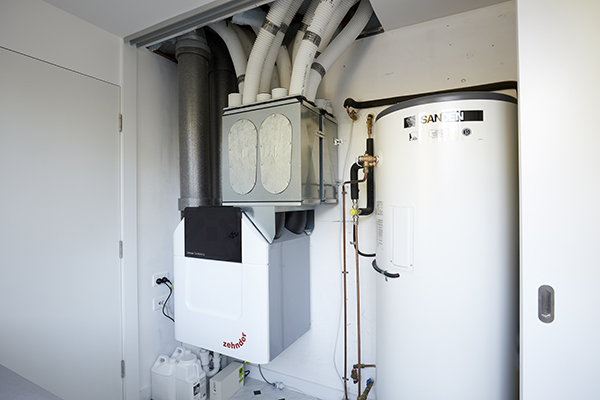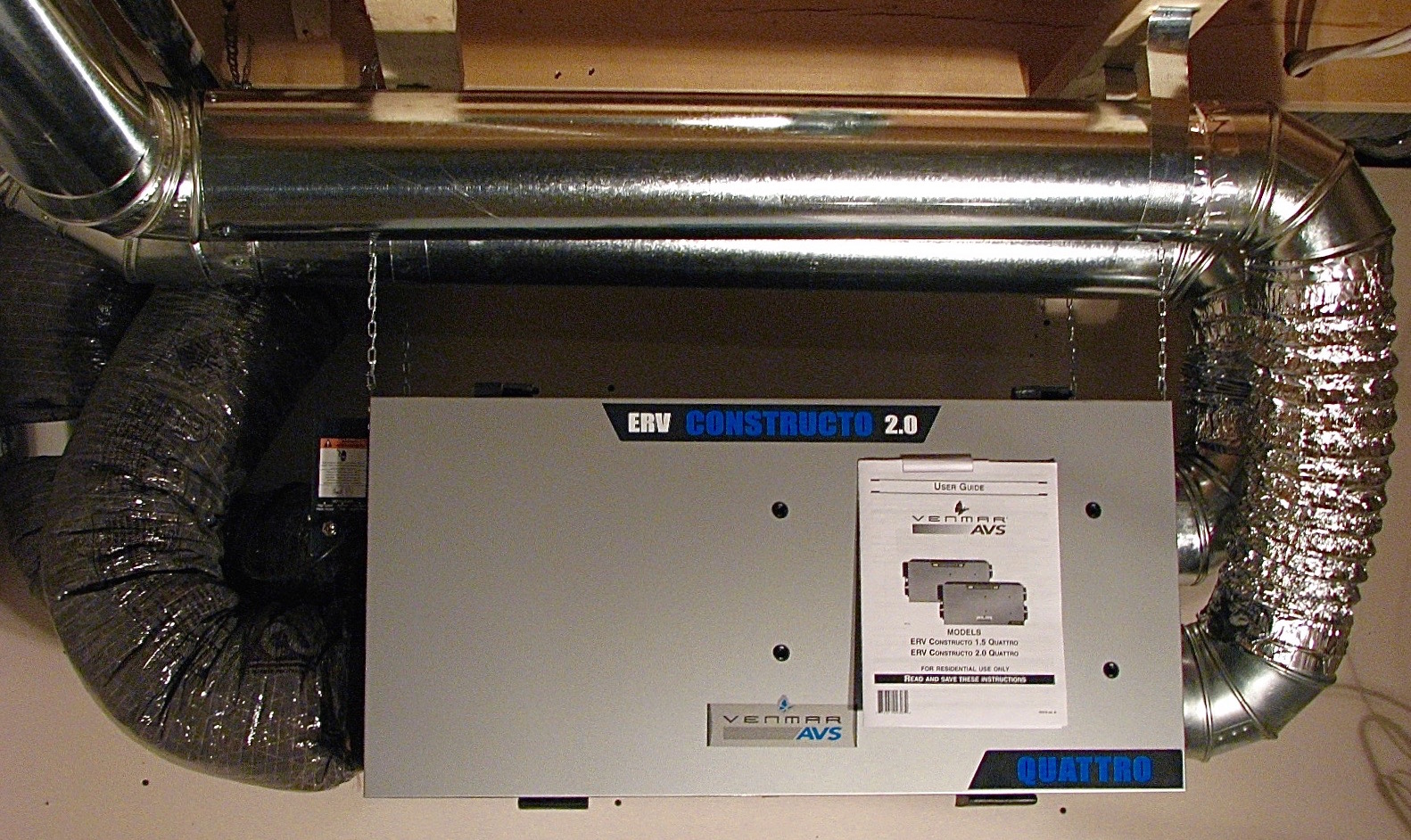Discovering the Advantages of Heat Recovery Ventilation for Power Efficiency in Residences
Heat Recovery Ventilation (HRV) systems supply house owners a sensible method to boosting power performance. By recovering warmth from outbound air, these systems can significantly lower heating & cooling expenses. Additionally, they offer a steady supply of fresh air, enhancing indoor air quality and comfort levels. As home owners consider sustainable choices, understanding the subtleties of HRV systems ends up being significantly crucial. What factors should one examine before making such an investment?
Recognizing Heat Recovery Ventilation Solutions

Just How HRV Boosts Indoor Air Top Quality

Power Financial Savings: The Economic Benefits of HRV
Maximizing energy performance, heat recovery ventilation (HRV) systems provide significant financial advantages for home owners. By recovering and reusing heat from exhaust air, HRVs considerably lower heating & cooling prices. This modern technology can result in energy financial savings of as much as 30%, find more relying on environment and usage patterns. Home owners typically observe reduced energy expenses shortly after installation, making HRVs a financially wise financial investment with time. Additionally, many areas supply motivations or rebates for energy-efficient upgrades, additionally enhancing the monetary allure. As energy prices continue to rise, the cost-effectiveness of HRVs comes to be progressively clear. On the whole, the incorporation of HRV systems not just advertises energy efficiency but additionally adds to long-lasting monetary savings for homes.
The Environmental Impact of Heat Recovery Ventilation
A considerable ecological benefit of heat recovery ventilation (HRV) systems hinges on their capability to minimize general energy consumption. By reclaiming warm from exhaust air and transferring it to incoming fresh air, HRV systems minimize the demand for energy-intensive home heating and cooling methods. This decrease in energy demand contributes to decrease greenhouse gas emissions, as less fossil gas is required to preserve comfy interior temperature levels. In addition, HRV systems enhance interior air high quality by successfully trading stagnant air with fresh exterior air, Clicking Here minimizing reliance on mechanical air conditioning systems that can harm the setting. Overall, the application of HRV systems sustains sustainable living practices and straightens with global initiatives to deal with climate modification by advertising energy performance in household setups.
Choosing the Right HRV System for Your Home
Exactly how can property owners ensure they select the right heat recovery ventilation (HRV) system for their needs? First, they need to evaluate their home's size and format, as these variables influence airflow needs. Next, reviewing the system's effectiveness scores is essential, as greater ratings indicate better performance and energy cost savings. House owners ought to additionally think about installment and maintenance prices, comparing various brand names and models for value. Additionally, it's important to examine noise degrees, as some systems operate even more quietly than others. Consulting with HVAC specialists can give customized referrals based on specific home problems. Checking out individual testimonials and warranties can aid in making an informed decision, making sure that the picked HRV system successfully boosts interior air top quality and power effectiveness.
Regularly Asked Inquiries

Just how Often Should I Tidy or Preserve My HRV System?
The regularity of cleaning or preserving a warmth healing air flow (HRV) system commonly depends on usage and ecological elements. Usually, it is a good idea site here to do upkeep every 6 months to assure peak performance and air quality.

Can HRV Systems Aid Minimize Moisture Degrees Inside Your Home?
HRV systems can successfully reduce indoor humidity degrees by exchanging stale, moist air with fresh, drier air from outdoors. HRV Heat Recovery Ventilation. This process aids keep a well balanced indoor environment, enhancing convenience and protecting against moisture-related problems
What Is the Life-span of a Typical HRV System?
The life expectancy of a common heat recovery ventilation (HRV) system varies, normally lasting in between 10 to 15 years. Routine upkeep can extend its performance and functional life, guaranteeing peak efficiency throughout its usage duration.
Exist Any Type Of Sound Concerns With HRV Solutions?
Noise interest in HRV systems can develop, particularly from follower procedure. Numerous modern systems are created to lessen sound degrees, guaranteeing they operate quietly while keeping efficiency, which addresses potential disturbances in living settings.
Can I Set Up an HRV System Myself, or Do I Need a Specialist?
The individual contemplated whether to set up the heat recovery ventilation (HRV) system directly or employ a professional. Generally, while do it yourself setup is possible, experience warranties proper performance and compliance with neighborhood building ordinance, boosting system effectiveness.